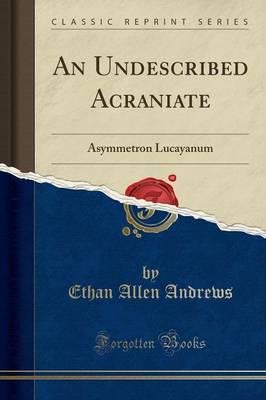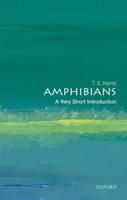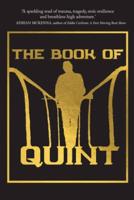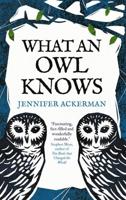Publisher's Synopsis
Excerpt from An Undescribed Acraniate: Asymmetron Lucayanum
The specimens taken in June were larger, often sexually mature, while those taken later were generally immature or larval forms.
In captivity they live like the European lancelet occasionally leaving the sand and swimming about with considerable velocity, but soon falling to the bottom and resting upon one side as if ex hansted or else burrowing instantly into the sand within which they move about with great celerity. As long as the water be pure they rarely leave the sand in the daytime and then quickly return when stimulated to motion by a slight touch or jar.
In ?at glass dishes without sand they arrange themselves with reference to light in a manner suggesting that we have here amongst these simple, eyeless vertebrates an example of heliotropic movement such as plants and many non-vertebrates exhibit. At the end of some hours of alternating periods of active locomotion and lethargic rest most of the individuals are found collected upon one side of the dish, that furthest from the light.
The same distribution ultimately results when the dish is turned through When carried to the door of the laboratory and exposed to the direct rays of the sun a most violent commotion immediately followed and soon \resulted in the collection of all the passive individuals upon the side of the dish most remote from the source of light.
Finally when the dish was placed in the centre of a small square room lighted by a window on the north and one on the east and either window Opened, the animals collected in the part of the dish most remote from that window. When both windows remained Open the position of the lancelets was vaguely that part of the dish most remote from both windows.
As far as these experiments go they may be taken to indicate that we have a case of negative heliotropism in these simple verte brates that the lancelets move away from the source of light along the direction of its rays that the directive action of the sun's rays is as in the numerous non-vertebrates studied by Dr. J. Loeb.
About the Publisher
Forgotten Books publishes hundreds of thousands of rare and classic books. Find more at www.forgottenbooks.com
This book is a reproduction of an important historical work. Forgotten Books uses state-of-the-art technology to digitally reconstruct the work, preserving the original format whilst repairing imperfections present in the aged copy. In rare cases, an imperfection in the original, such as a blemish or missing page, may be replicated in our edition. We do, however, repair the vast majority of imperfections successfully; any imperfections that remain are intentionally left to preserve the state of such historical works.









